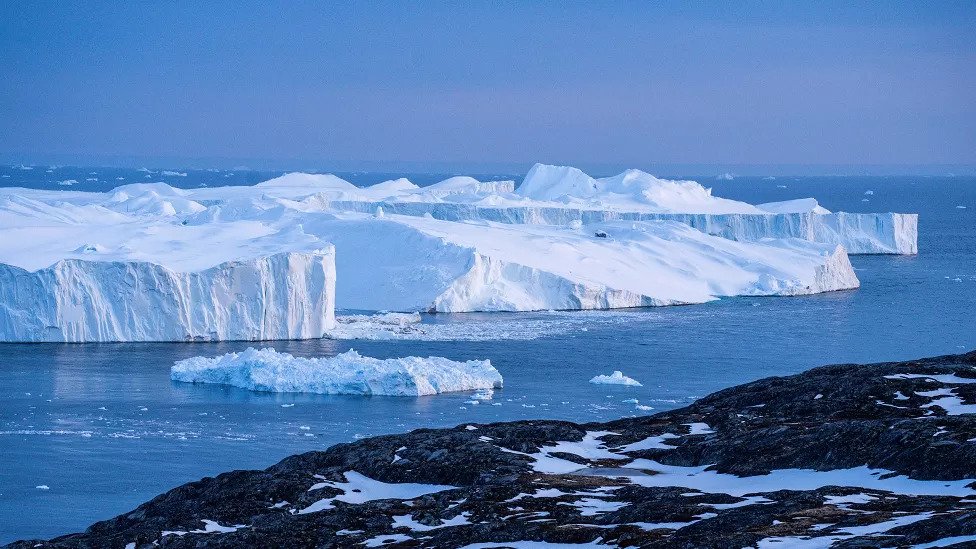According to a new analysis, at current rates of warming, Earth is at risk of crossing six dangerous climate tipping points. – Writes for BBC News Science, the BBC’s science magazine.
Exceeding these limits will destroy the Earth’s system, causing the ice sheets to collapse and the loss of coral reefs.
Scientific commentators have previously said that reaching a tipping point would be a “climate emergency.”
The researchers analyzed evidence regarding tipping points from 200 recent research papers.
These were considered:
At what temperature do we reach the tipping point?
What effects will it have on other systems on Earth?
In what timescale can the effects be felt?
The research, based on data published since 2008, found that at current levels of global warming, the world is already at risk of causing six dangerous climate tipping points, with the risks increasing with every tenth degree of warming.
The Climate Action Tracker estimates that even under the most optimistic scenario, if current global climate goals are met, the world’s temperature will rise by an average of 1.8 degrees Celsius.
The concept of “climate tipping points” was first introduced by the United Nations’ Intergovernmental Panel on Climate Change (IPCC) two decades ago. And if reached, it would cause a major change in the way the Earth system works, affecting oceans, weather and potentially irreversible chemical processes, according to the United Nations.
Once a critical point is crossed, the system collapse will be self-sustaining, meaning it will continue even if there is no further warming. Independently.
irreversible waterfall
At the time, it was believed that tipping points would only be crossed if the average global temperature rose by more than 5°C.
But since then, there is more and more evidence that it is possible to cross these limits much earlier.
According to the research published in Science, the six tipping points we are likely to cross are as follows:
Greenland ice sheet collapse
The collapse of the ice sheet in West Antarctica
The collapse of ocean circulation in the North Atlantic region
Coral reefs die at low latitudes
Sudden thawing of permafrost in the northern regions
Sudden loss of sea ice in the Barents Sea

Lead author David Armstrong McKay, of the Stockholm Resilience Center at the University of Exeter and the Earth Commission, said:
Some of the destabilization that precedes the collapse of the system is already visible in the polar regions.
Greenland and Antarctica are currently losing ice six times as much as 30 years ago, and Greenland’s ice sheet has steadily shrunk over the past 25 years due to climate change, according to the United Nations.
Even if some other tipping point, such as the peak drought in the Amazon rainforest, is not expected unless global temperatures rise by 3.5 degrees Celsius, All of these systems are interconnected.
That is, once one system begins to fail, it increases the likelihood of other systems failing.
Multiple turning points
Co-author Ricarda Winkelmann, of the Potsdam Institute for Climate Impact Research and a member of the Earth Commission, said many critical components of the Earth system are interconnected, making cascading tipping points a major secondary concern.

For example, if the ice sheet and sea ice are smaller or less, then less of the sun’s energy is reflected, leading to more global warming.
With these high risks identified, the team also suggested that the list of potential tipping points could grow to 9-16.
The team is working with paleoclimate data, current observations and the results of climate models to create these new definitions.
But some of the tipping points considered previously, such as the El Niño Southern Oscillation (ENSO), have been removed due to a lack of evidence.
(Source: BBC News Science: https://www.bbc.com/)










































